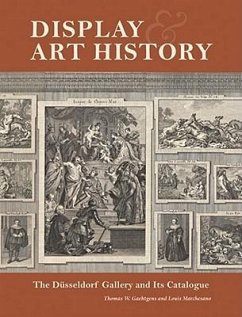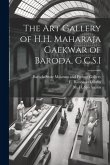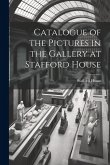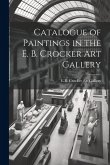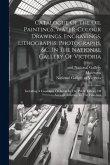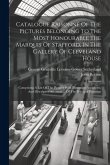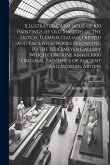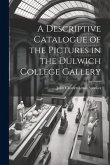This richly illustrated book examines the making of one of the earliest modern catalogues--"La galerie electorale de Dusseldorff." Published in 1778, the revolutionary two-volume publication showcases one of the most important European painting collections of the eighteenth century, reflecting a pivotal moment in the history of art as well as the history of the art museum. In two essays, the authors analyze the process by which the catalogue was produced and shed light on the historical and cultural context that gave rise to an innovative and didactic way of displaying paintings--and, by extension, to art history as a discipline. The volume accompanies an exhibition of the same name to be held at the Getty Research Institute from May 31 to August 21, 2011.
Hinweis: Dieser Artikel kann nur an eine deutsche Lieferadresse ausgeliefert werden.
Hinweis: Dieser Artikel kann nur an eine deutsche Lieferadresse ausgeliefert werden.

